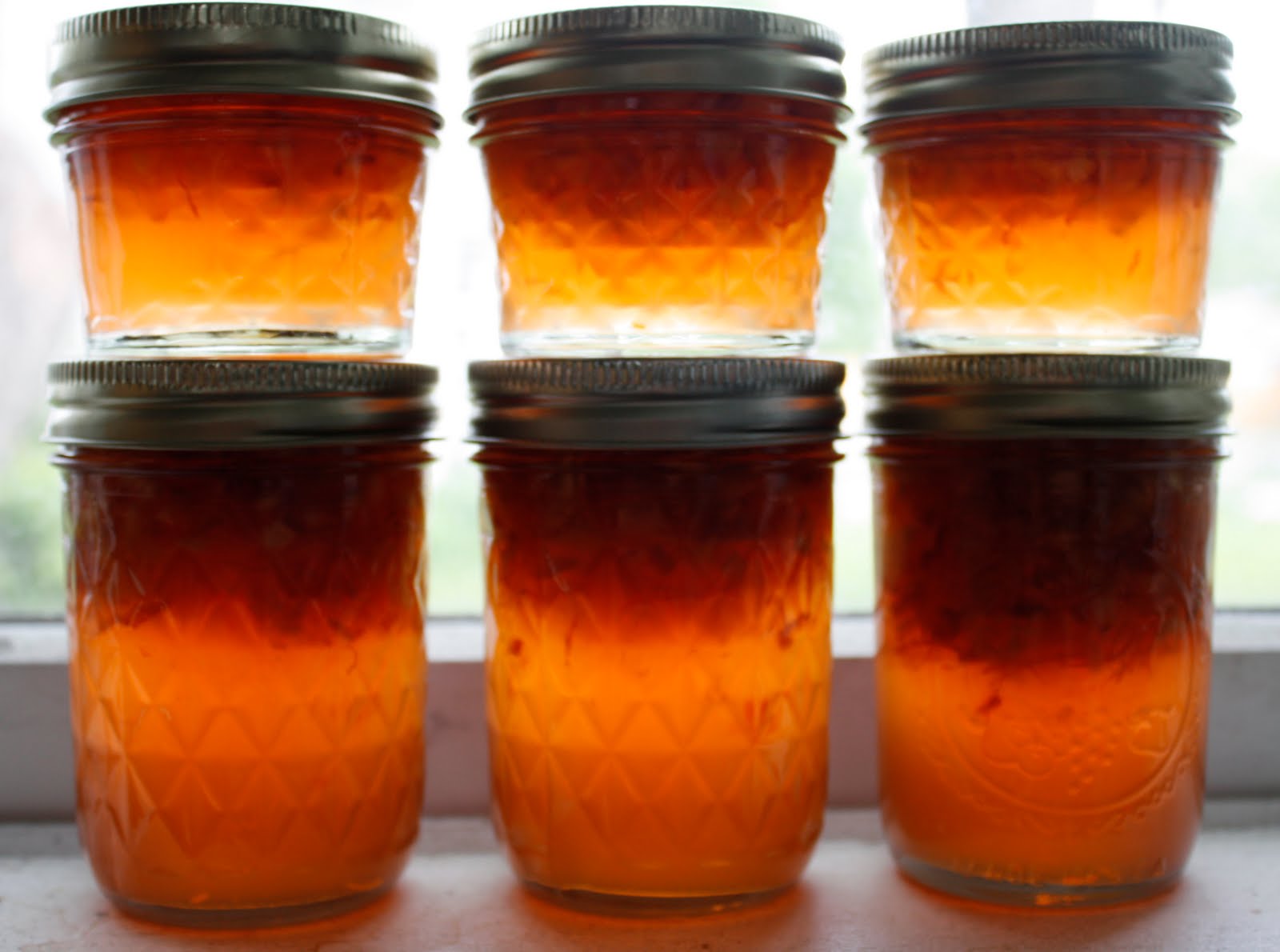 This recipe started with the compote...the pancakes were just a delicious vehicle for getting the fruity goodness into my mouth. I have made all sorts of rhubarb + berry combinations but am certain I have never merged the blueberry rhubarb worlds. Now that I have I really don't know what was stopping me before. The blueberry's rich, sweet flavor is enhanced by the ruby tartness of the rhubarb and when the fruits are splashed with maple syrup and cooked together, well, it's just good.
This recipe started with the compote...the pancakes were just a delicious vehicle for getting the fruity goodness into my mouth. I have made all sorts of rhubarb + berry combinations but am certain I have never merged the blueberry rhubarb worlds. Now that I have I really don't know what was stopping me before. The blueberry's rich, sweet flavor is enhanced by the ruby tartness of the rhubarb and when the fruits are splashed with maple syrup and cooked together, well, it's just good.I love the crunch of cornmeal in my pancakes. I buy the coarse, stone ground variety which I think has the best texture. Whisked together with some whole wheat pastry flour and rich sour cream, you really can't go wrong. These pancakes are good keepers and reheat nicely the next day.
I made these in a breakfast-for-dinner capacity and then had the leftovers the next morning. There's something satisfying about forgoing the standard protein+veg dinner and instead diving into a stack of cakes with warm, summery fruit and a tall glass of milk.
For Compote:
- 2 cups rhubarb, cut into 1-inch pieces
- 1/4 cup water
- 1 teaspoon finely grated ginger
- 1/3-1/2 cup maple syrup (depending on the desired level of sweetness)
- 1 pint blueberries
Combine the rhubarb, water, ginger and 1/3 cup of the syrup in a medium saucepan over medium-high heat. Bring the mixture to simmer and reduce the heat to medium. Allow to simmer for 8-10 minutes until the rhubarb has softened. Add the blueberries and cook for 10-15 minutes more until the compote has thickened and the blueberries have released their juices. Taste and add additional syrup if needed. Serve warm over the pancakes or store, covered in the refrigerator for a week.
For Pancakes:
- 3/4 cup whole wheat pastry flour
- 1/4 cup coarse ground cornmeal
- 2 tablespoons sugar
- 1 1/2 teaspoons baking powder
- 1/2 teaspoon baking soda
- 1/4 teaspoon kosher salt
- 3/4 cup sour cream
- 1/2 cup milk
- 1 egg
- 1 teaspoon vanilla extract
- 3 tablespoons unsalted butter, melted + more for cooking the pancakes
In a large bowl, whisk together the flour, cornmeal, sugar, baking powder, baking soda and salt. Set aside. In another bowl, whisk together the sour cream, milk, egg, vanilla and melted butter. Pour the wet ingredients into the bowl with the dry ingredients and fold together with a spatula until just combined.
Heat a skillet over medium-high heat. Brush the skillet with butter. Add 1/3 cupfuls of batter to the skillet and cook, until there are bubbles on the surface and the underside is golden. Flip carefully and cook for an additional minute or two. Keep the pancakes warm as the rest are being cooked. Serve with the warm compote.











